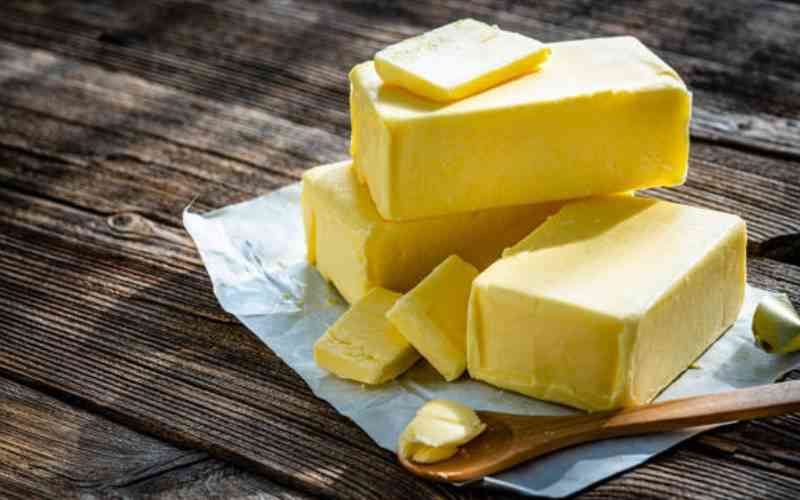
In the culinary world, one ingredient can make a huge difference to a dish. It is like mashing plain potatoes but adding milk or cream. The dish quickly becomes five-star.
Speaking of milk, it can be eaten raw, and used to make tea or white coffee, among other things. It is also used to make other products such as butter.
To refresh your memory, butter is a dairy product made from the fat and protein found in milk. A large percentage of it is milk fat and the rest is water and milk solids.
Depending on a number of factors, such as the animal's diet, butter varies in colour from pale to deep yellow and has a distinctive rich flavour that can range from mild to slightly tangy.
There are four main stages in the production of butter: separation, churning, processing and washing.
The first step is to separate the milk or cream from the fat globules through a process called centrifugation or gravity separation.
The cream is then stirred vigorously until the fat globules clump together to form butter.
The newly formed butter is washed with cold water to remove any remaining milk solids. This helps to improve its shelf life and flavour.
- Returning to work after maternity leave
- Teach your children good values at an early age
- Keeping your children busy over the holidays
- Safely include your children in the kitchen with these tips
Keep Reading
Finally, the butter is worked or kneaded to distribute the moisture evenly and create a smooth texture. When this is done, the butter can be packaged in blocks, sticks or tubs and refrigerated to keep it fresh.
It can be used for baking, making delicious stews and as a spread on bread or toast.
 The Standard Group Plc is a multi-media organization with investments in media platforms spanning newspaper print
operations, television, radio broadcasting, digital and online services. The Standard Group is recognized as a
leading multi-media house in Kenya with a key influence in matters of national and international interest.
The Standard Group Plc is a multi-media organization with investments in media platforms spanning newspaper print
operations, television, radio broadcasting, digital and online services. The Standard Group is recognized as a
leading multi-media house in Kenya with a key influence in matters of national and international interest.

